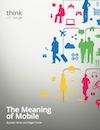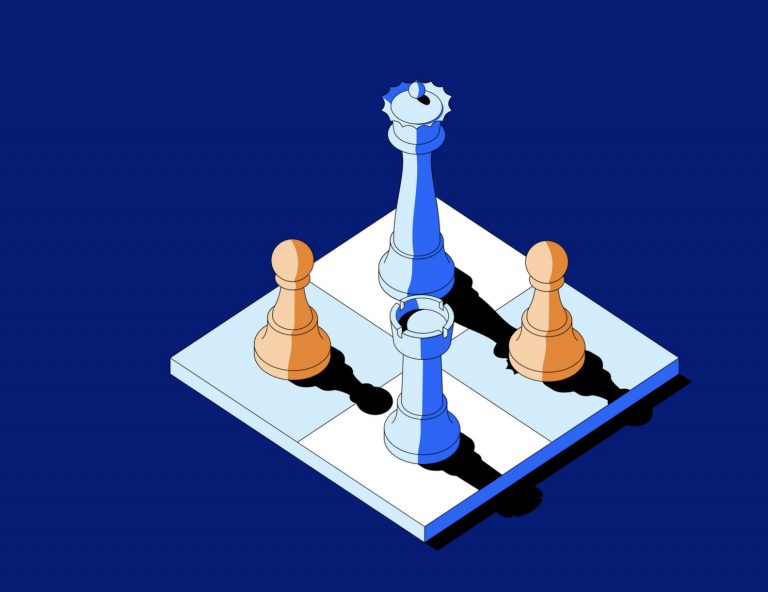Anthropological study by Google on our magic relationship with mobile devices

What is the emotional relationship people truly have with the mobile space and how they make meaning there? To answer this, Google conducted an anthropological study to gain a better understanding of how people feel about, relate to and find meaning in the mobile space, and how brands can engage their consumers in more emotionally resonant and impactful ways.
“We hired an anthropologist to interview dozens of ordinary mobile device owners and observe them as they interacted with their smartphones. The first thing we found is that the phone’s pocket size is anything but a flaw — in fact, it’s the key to understanding what it really means.
Anthropology teaches us that in every culture, miniatures possess the power to unlock imaginations. Whether it’s a dollhouse, toy truck, or some other tiny talisman, miniatures look and feel real, but their size gives us the permission to suspend disbelief, daydream, and play. Remember The Nutcracker? In between pirouettes, a toy nutcracker comes to life, defeats an evil mouse, and whisks the heroine away to a magical kingdom. That, in a nutshell, is the story we implicitly tell ourselves about our miniature computers — one of youth, freedom, and possessing the key to a much larger world.
“Because it’s in my pocket I somehow squeeze this time in for various things — and only because I think it just sits in my pocket,†one of our subjects told us.
The screens may be small, but they serve as gateways to the gigantic. We see this power manifest in insights gleaned from the anthropologist’s observations. Our mobile devices help us fully actualize our best self, or what we call the Quicksilver Self; they engage us to create a shared culture, the New Tribalism; and they help us to make sense of the physical world around us, an act we describe as Placemaking. Understanding the deeper levels at which individuals, customers, are finding meaning in mobile will enable marketers to put this powerful medium to its best use.”



